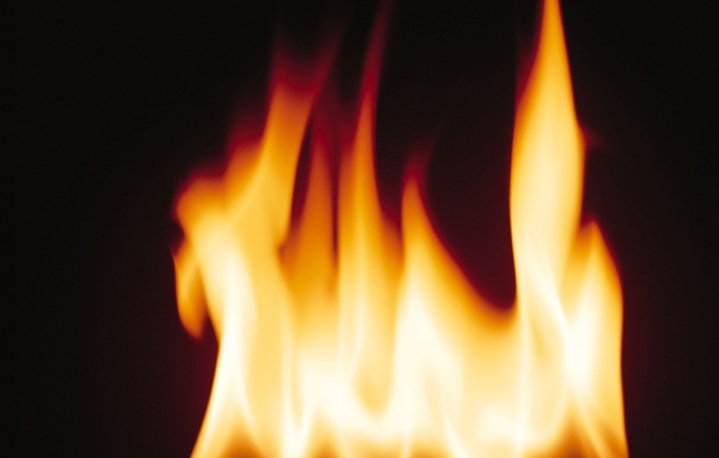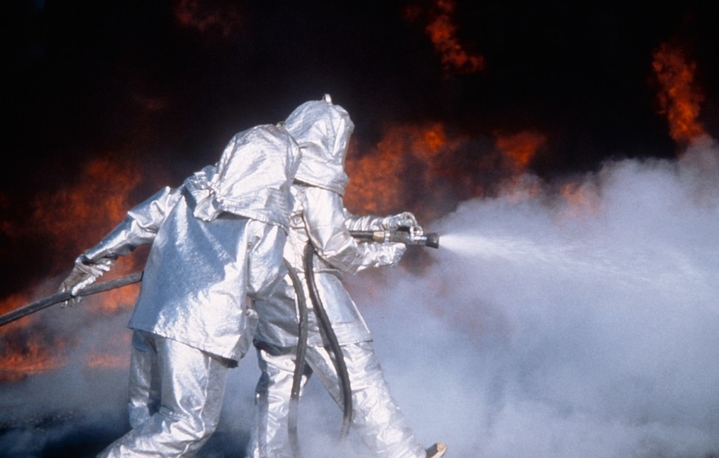Surviving a Forest Fire
Planning is essential to surviving a wildfire. Information is crucial and you must know the dangers in the areas you will be hiking, camping or hunting. Check with your local forest service and know the probability of a forest fire before traveling in a particular area. Chances of a forest fire increase if the temperatures are high and the humidity is low. Find out how much rainfall the area has received to decided if the underbrush is tinder dry or not. These are danger areas if it is a popular spot for campers and hikers because humans are the cause of many forest fires.
Escape
Even though you are careful, with your campfires, others may not be and you could be caught in a forest fire while hiking or camping. Getting ahead of the fire is important by maintaining situational awareness, looking for smoke and smelling the air. If you see or smell smoke, identify the probable location and move in the opposite direction immediately. If you take too long, the fire can encircle you leaving you no escape. Do not get trapped on hilltops, you want to move downhill from any fire because the heat from the inferno will rise and it can be as high as a 1000F/537C. Valleys or canyons can also trap the heat/smoke and either end could be blocked trapping you in the middle.
Open ground with a firebreak between you and the fire is ideal. Firebreaks include logging roads, fire roads or even highways. Water is a safety zone as well, and if you have no other choice get into the middle of the river or stream and as far out as you feel safe in a lake or pond. The fire can of course jump the break but a break will slow the fire down. Areas already burned can be safe if the combustibles have been consumed and if the heat and smoke is tolerable.
When the forest fire hits a firebreak, it may split. The combustibles have been consumed up until this point causing it to move along the break and then possibly jump the break. Depending on the vegetation there may or may not be a safe zone behind the fire.
If you are trapped and the fire is close, get to low ground, such as a ditch or any depression Scoop out a depression if you have to and cover yourself with soil if possible, this is only as a last resort. You want the heated air to pass over you, and if covered with non-combustibles you may have a chance of surviving. Keep your face from the heat and as low as possible. Avoid overhead dangers from falling trees or limbs if you have escaped to an already burned area.
There are shelters specifically designed to reflect up to 95 percent of heat from a forest fire that you can carry with you if you are traveling in a high fire risk area. The shelters provide protection from radiant and convective heat. Several models have an optional travel pack that will attach to the bottom of your backpack for easy carrying.



